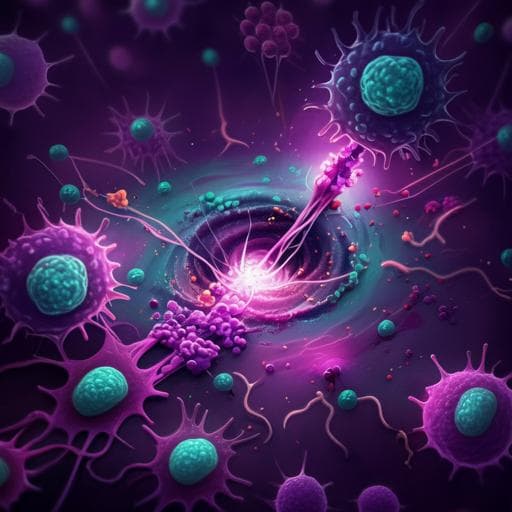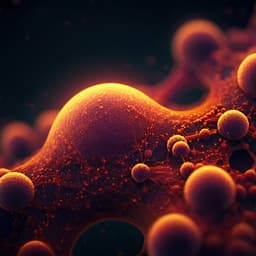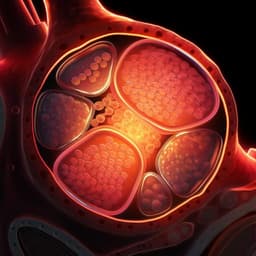
Medicine and Health
Th2 cells inhibit growth of colon and pancreas cancers by promoting anti-tumorigenic responses from macrophages and eosinophils
D. Jacek, I. Karagiannidis, et al.
This groundbreaking research conducted by Damian Jacek, Ioannis Karagiannidis, and Ellen J. Beswick explores how Th2 cells can inhibit the growth of colon and pancreas cancers. The study reveals that Th2 cells not only reduce tumor burden through apoptosis induction but also attract immune cells to fight cancer. With IL-5 administration showing similar effects, this study positions Th2 cells and IL-5 as promising therapeutic targets in fighting gastrointestinal cancers.
~3 min • Beginner • English
Related Publications
Explore these studies to deepen your understanding of the subject.







